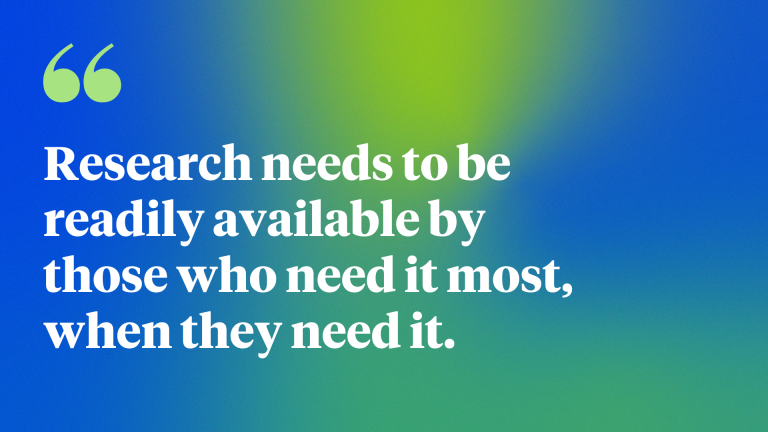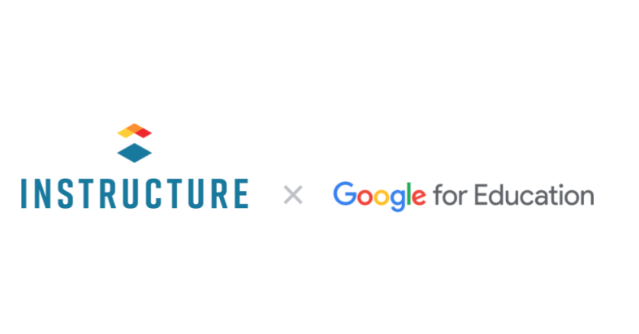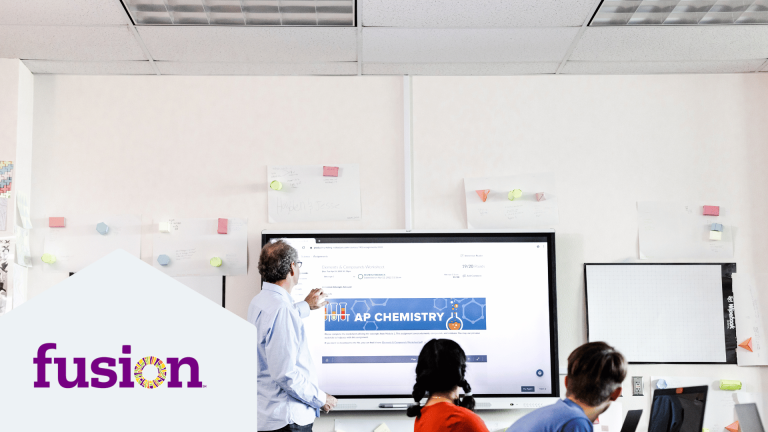
Reflections Post-ISTELive 2022
Our team was thrilled to be back in person for ISTELive 22, which was packed with educators, administrators and solution providers from around the world. It was exciting to dive into topics that span the world of K-12 edtech, from digital creation and tutoring support to the importance of SEL and measuring solution impact.
There is an appetite and opportunity as we emerge from the pandemic to focus on evidence and innovation – let’s seize it.
K-12 leaders and decision makers continue to face challenges when deciding which tools to choose and use with their students and teachers. We know that more than 1,400 tools are accessed per month on average in a district, and that leaders are increasingly asking for meaningful evidence of the effectiveness of those solutions.
“We are coming out of a really challenging moment, a great disruption in education. Out of that moment, we have an opportunity to think about how we steer forward. If there was ever an R&D moment in education, it’s this moment. It’s an all-hands-on-deck moment for supporting the use of evidence in education.”
Roberto Rodriguez
Assistant U.S. Education Secretary
Office of Planning, Evaluation, and Policy Development
As leaders modernize learning with evidence, it’s essential to have the right digital infrastructure to make generating, sharing and applying evidence easy. While on the ground at ISTE, our team spoke with and heard from numerous district leaders, educators and solution providers about the importance of showing and using evidence to benefit teachers and students. Having access to relevant evidence is essential for everyone serving K-12 students and educators and, with better evidence, we can make better decisions and bring better outcomes.
"We all need access to evidence about the effectiveness of our solutions in our contexts,” said Casey Rimmer, Director of Innovation and EdTech at Union County Public School System in North Carolina. “Now more than ever, we can't simply hope an edtech resource is helping a student. We need to see evidence and, if we wait too long, it may be too late to help. Having evidence on our district schedule and in one place is powerful."
“We’re helping teachers get better results. The only way to know that we are is through evidence.”
Craig Jones
CEO and Co-founder
Formative
In a modern learning ecosystem, evidence of what’s working, for whom and in what context must be readily available. We heard over and over again at ISTE that K-12 leaders and solution providers want to make decisions based on evidence, and are starting to ask for it and show it. This goes beyond usage data, though – practitioners should be considering usage alongside implementation fidelity, student growth, achievement, skill development and more.
While district leaders can run rapid-cycle evaluations on the tools they use, considering their impact on specific student groups, it takes everyone, including solution providers, policymakers and philanthropy, to work together to show and use evidence in a way that truly benefits students.
Our team at LearnPlatform by Instructure is actively working to bring forth the right evidence at the right time for decisions throughout K-12 education.
Starting the Evidence Journey
For districts and states just getting started, our Inventory Dashboard allows them to kickstart their path to evidence by discovering edtech trends, uncovering unapproved or unmanaged tools, surfacing underused licenses and more to inform their next actions, which include evaluating those edtech tools they are using to ensure they are working effectively for their students and teachers.
For solution providers, this means building and sharing an evidence base for solutions from the very beginning stages of product development.
Continuing Your Evidence Journey
Ongoing edtech evaluation can, and should, be built into district and state standard practices. K-12 leaders want to make informed edtech decisions, but need relevant, actionable evidence to understand how tools are working in their specific contexts – our rapid-cycle evaluation engine, IMPACT™, supports district-led research that assesses the impact of digital tools across a variety of contexts (like product usage, implementation fidelity and student achievement).
Solution providers are also asking to build and grow their evidence bases, and our team helps providers of all sizes and stages with practical, rigorous research services. Our approach equips any solution provider to meet evidence requirements in weeks with a customized Impact Agenda to grow and show their evidence base in a safe, compliant and cost-effective way.
All of this research cannot, and should not, sit on a shelf, though. It needs to be readily available by those who need it most, when they need it. It cannot just “exist in ivory towers for those studying education – it has to be built and used by educators” said Rodríguez. The Universal Evidence Report standardizes ESSA-aligned research reporting to inform K-12 decisions, policies, product development and more.
Final Reflections
Technology is a core component of education. Asking for evidence, participating in research and being willing to share the results openly should be standard practice within K-12. This is what drives our work, and we couldn’t be more excited for what comes next.
Assistant Secretary Rodríguez provided an excellent rallying cry:
“Keep dreaming, BIG, about what our system can and should look like to meet the aspirations of our learners. They want a system that is going to engage and excite them, and we owe it to them to build that type of system.”
Let’s build on this momentum and work together to build that system.
Related Content
 canvas-offline-blog-thumbnail-2024.jpg
canvas-offline-blog-thumbnail-2024.jpgBlog Articles
 googlexinst.png
googlexinst.pngBlog Articles
 facommons.png
facommons.pngBlog Articles
